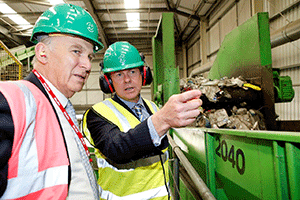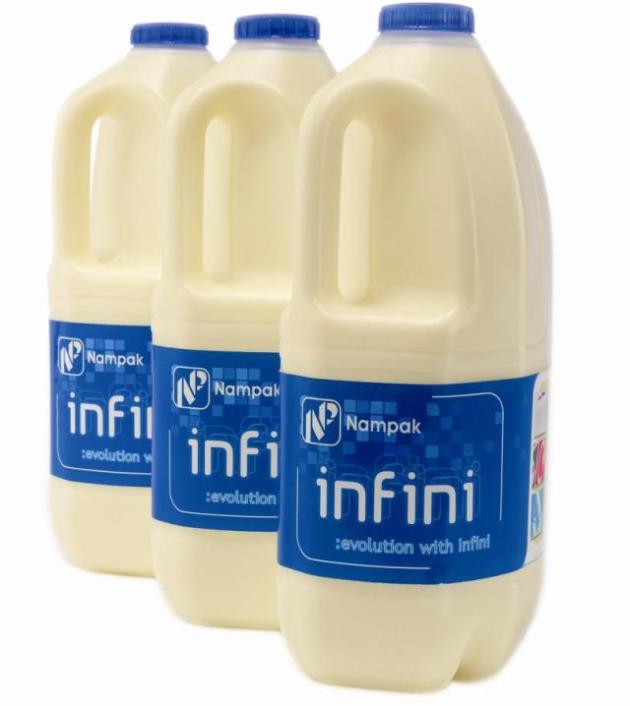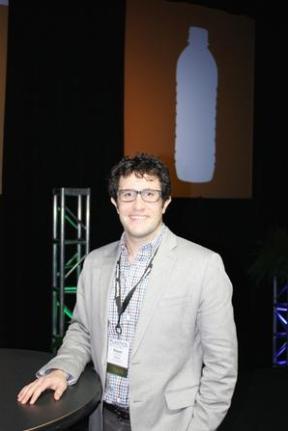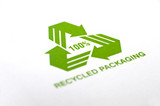An article featuring us this Sunday in the local paper…
Greensboro News & Record | Posted: Sunday, March 23, 2014 1:15 pm
By Mary McClellan
Ah, plastics. We meet again.
To some, figuring out which plastics to recycle is more confusing than filling out a tax return. But it doesn’t have to be that way.
What really happens to Greensboro’s plastic bottles?
ReCommunity Greensboro, the city’s recycling processor, sorts plastics into several categories. Each is baled and sent to different reprocessing facilities. Any plastic container, no matter what it becomes later, first must be chopped into pieces, called flake. The flake is then sent through a sterilization and decontamination process that uses water flotation to remove pathogens, food waste and other objects.
The flake is dried and a special fan removes the tiny pieces of label that are mixed with the flake. What’s left is clean plastic, ready to be melted and reformed into new products.
After cleaning, what happens next varies. As the different numbers on plastic containers would suggest, there are chemical differences in plastics. The number on the bottom, called a Resin Identification Code, is an industry standard that tells manufacturers the chemical make-up of the plastic. Each number represents one of seven code categories.
Those seven resin codes can rarely, if ever, be intermixed to make products. A plastics expert once advised me to look at plastics like making pancakes and biscuits. Pancakes and biscuits have the same ingredients: Bisquick and water (sorry, the analogy doesn’t work with a made-from-scratch recipe). But each contains different amounts of those ingredients, which create very different dishes.
So, if you wanted to make biscuits, but you added the pancake mix, would you get a “biscake”? Nope. You’d get a mess. It’s the same with plastic.
Try to make No. 1 plastic with some No. 5 mixed in, or No. 2 with a pinch of No. 6, and you’ll get nothing you can use — and possibly a fire. In fact, there are even variations in the make-up of plastics within the same numerical classification that cannot be mixed, either (a No. 1 take-out box versus a No. 1 bottle, for instance). To borrow the wise words of an inexplicably popular song from the 1990s, “You gotta keep ’em separated.”
If you’re still thinking, “My bottles will just end up in the landfill anyway,” think again. If you’ve ever shopped at virtually any store here, you’ve probably come across a product made from remanufactured Greensboro plastic.
Greensboro’s No. 1 plastics (PETE, or polyethelyne terephthalate, which I can’t pronounce, either) such as soda, juice and water bottles, are sold to Mohawk Industries and Shaw Industries, which melt and spin the PETE into fibers to weave into carpeting. You’ll see these recycled carpet lines for sale at Lowes, Home Depot and other major carpet distributors.
Envision Plastics, housed in nearby Reidsville, remanufactures our No. 2 plastic (HDPE, or high-density polyethylene) into recycled-content resin, essentially turning it back into raw material.
What’s cool about Envision is the optical color-sorting technology used to create specific resin colors from the random mix of flake that runs through its system. Brands such as Downy, Tide and Method use Envision’s pre-colored resin to make their bottles and jugs (bypassing the plastic dying process). Envision also supplies plastic resin to the popular Green Toys line, sold by Amazon and Target and Toys and Co. in Greensboro.
The remainder of the city’s plastics, No. 3-No. 7 containers and bulky, rigid plastic, comprise a pretty small portion (10 percent or less). ReCommunity sells bales of No. 3-7 plastic to a re-processor, where they are broken open, further sorted, re-baled and sold again. It’s difficult to know exactly what each of these plastics is made into, but the products include batteries, plastic dock floats and even fuels.
These plastics have little value on the market, partly because they are lightweight, inconsistent and generated in low volumes by municipal recycling programs. But there’s hope that more uses for them will develop in the future, particularly in the energy arena.
The next time you meet a plastic you’re not sure about, just take a deep breath and use this simple rule: If it’s a hard plastic container, recycle it. And if you’re ever in doubt, call the city at 373-2489.
As for whether obsessing over numbers on the bottom of a shampoo bottle is worth it? The city earns close to $1 million a year from the sale of recyclables and avoids spending another $1 million in landfill tipping fees.
As with anything else, knowledge is the key to making the best choices.
Mary McClellan (mary.mcclellan@recommunity.com) is recycling program coordinator, ReCommunity Recycling (www.recommunity.com).






